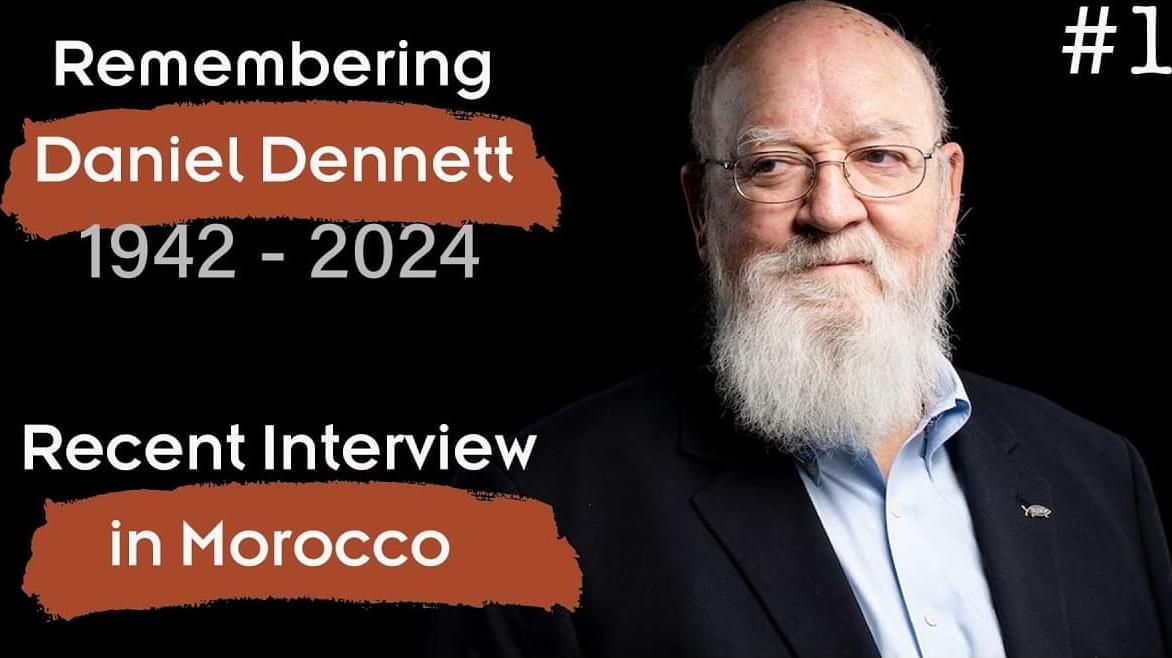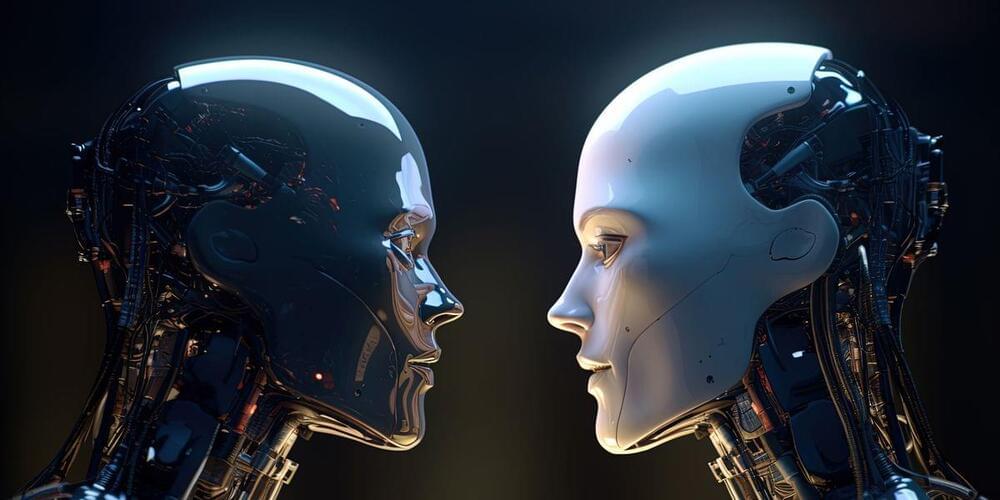I found the scientific evidence for heat therapy for longevity to be much more convincing than that for cold therapy:
We look at the research around heat therapy, sauna bathing, infrared, and more to see!

I found the scientific evidence for heat therapy for longevity to be much more convincing than that for cold therapy:
We look at the research around heat therapy, sauna bathing, infrared, and more to see!

My original channel: @NajibElMokhtari To support on Patreon: https://patreon.com/najibmGet your copy of the Universe Calendars 2024 (currently in Moroccan Da…
What You Should Know:
– A glimmer of hope emerged today for rectal cancer patients as a collaborative effort between Case Western Reserve University (CWRU), Cleveland Clinic, and University Hospitals (UH) received a $2.78 million grant over five years from the National Institutes of Health and National Cancer Institute. This grant will fuel research leveraging artificial intelligence (AI) to personalize treatment for rectal cancer patients.
– The new research effort signifies a significant step forward in the fight against rectal cancer. By harnessing the power of AI, researchers are on the path to developing more precise treatment strategies, ultimately improving patient outcomes and quality of life.
Researchers from MIT and the University of Texas have developed a prototype for a handheld, chip-based 3D printer using a photonic chip that emits beams of light to cure resin into solid objects. This innovative technology could revolutionize the production of customized, low-cost objects on-the-go and has potential applications in medical and engineering fields.
Portable 3D Printing Technology
Imagine a portable 3D printer you could hold in the palm of your hand. The tiny device could enable a user to rapidly create customized, low-cost objects on the go, like a fastener to repair a wobbly bicycle wheel or a component for a critical medical operation.
Summary: Researchers made a significant discovery in the study of human brain evolution, identifying epiregulin as a key factor in the expansion of the human neocortex. By comparing brain development between mice and humans and utilizing 3D brain organoids, the team found that epiregulin promotes the division and expansion of stem cells, crucial for neocortex development.
This study, which utilized cutting-edge 3D culture technology, suggests that the quantity of epiregulin, rather than its presence or absence, distinguishes human brain development from that of other species, including primates like gorillas. The research offers new insights into what makes the human brain unique and underscores the value of innovative methodologies in understanding complex evolutionary processes.

Star Trek: The Next Generation looks at sentience as consciousness, self-awareness, and intelligence—and that was actually pretty spot on. Sentience is the innate human ability to experience feelings and sensations without association or interpretation. “We’re talking about more than just code; we’re talking about the ability of a machine to think and to feel, along with having morality and spirituality,” Ishaani Priyadarshini, a Cybersecurity Ph.D. candidate from the University of Delaware, tells Popular Mechanics.
💡AI is very clever and able to mimic sentience, but never actually become sentient itself.
Neurotech startup Paradromics is set to commence human trials of its brain implant in 2025, intensifying the competition in the emerging brain-computer interface (BCI) market.
This move positions Paradromics against Elon Musk’s Neuralink, which has been at the forefront of public attention in this domain.
Paradromics’ CEO and founder, Matt Angle, in an interview with CNBC Tech, expressed his enthusiasm about the potential of brain-computer interfaces.
Development of a cognitive enhancer based on preclinical findings has translational potential (Stepan et al., in 30 April 2024 issue).
Imagine waking up one day to the realization that everything you’ve ever known—the universe, the stars, your own thoughts—could be nothing more than an elaborate computer simulation crafted by an advanced civilization. This is the audacious, mind-bending premise explored by philosopher Nick Bostrom in “Are You Living in a Computer Simulation?”. Through rigorous reasoning and a blend of cutting-edge technology and philosophical inquiry, Bostrom challenges our understanding of reality itself, posing that the odds we are living in a simulated world may be profoundly higher than we ever considered. As you delve into this thought-provoking investigation, you might just find that questioning the nature of your own existence becomes more thrilling—and unsettling—than any work of science fiction.
Magnetization can be switched with a single laser pulse. However, it is not known whether the underlying microscopic process is scalable to the nanometer length scale, a prerequisite for making this technology competitive for future data storage applications. Researchers at the Max Born Institute in Berlin, Germany, in collaboration with colleagues at the Instituto de Ciencia de Materiales in Madrid, Spain, and the free-electron laser facility FERMI in Trieste, Italy, have determined a fundamental spatial limit for light-driven magnetization reversal.
They report their finsings in Nano Letters (“Exploring the Fundamental Spatial Limits of Magnetic All-Optical Switching”).
Modern magnetic hard drives can store more than one terabit of data per square inch, which means that the smallest unit of information can be encoded on an area smaller than 25 nanometers by 25 nanometers. In laser-based, all-optical switching (AOS), magnetically encoded bits are switched between their “0” and “1” state with a single ultrashort laser pulse. To realize the full potential of AOS, particularly in terms of faster write/erase cycles and improved power efficiency, we thus need to understand whether a magnetic bit can still be all-optically reversed if its size is on the nanoscale.
